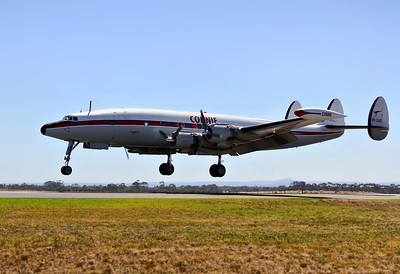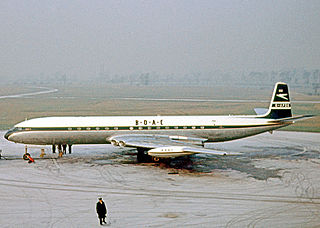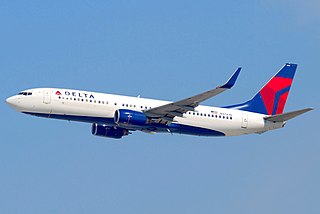The First Gulf War
The First Gulf War involved some of the most complex and interesting weapons used in fighting.
Untrackable and silent airplanes, bombs with super-accurate targeting, missiles capable of hitting other missiles, and satellites allowing someone to know their exact location while in the middle of nowhere, were all used.
What became arguably the fastest ground campaign in history can be greatly attributed to the use of stealth bombers, cruise missiles, helicopters, satellites, and aircraft carriers, all working together.
Related Article – Airline Transport Pilot Certificate (ATP): 4 Things You Need To Know
When Operation Desert Storm began on January 17, Lockheed F-117A Nighthawks were flown into Baghdad.

The aircraft dropped Paveway laser-guided bombs in the city as Tomahawk missiles were sent from aircraft carriers.
In the first day, there were 655 coalition aircraft flown, and the second day saw those aircraft destroy Iraq’s command centers.
By the time the ground war began on February 24, most of the Iraqi military was already wiped out due to the air campaign.
A ceasefire was accepted on February 28 after Iraqi soldiers had no way of communicating, little resources, and no reinforcements.
Related Article – 12 Runway Markings and Signs Explained By An Actual Pilot
The B-2’s Early Life
America’s next-generation bomber began to be developed in the spring of 1978 after the Pentagon and Strategic Air Command (SAC) were looking to replace the B-52 bomber.
The team worked for three months to create an outline, and they were aiming for a medium-size bomber that had an operational range of 3600 nautical miles.
It would be able to fly the distance with a 10000-pound payload capacity unrefuelled.
The project faced a setback with the election of Ronald Reagan in November of 1980, since most of the top-level positions were expected to resign.
It also meant that William Perry, one of the most important minds behind the development of stealth aircraft, would also step down.

The contract for the new bomber program was sought after by Northrop and Lockheed, but Northrop did not have the background that Lockheed did.
However, the departure of Perry resulted in the entire stealth bomber program being relocated from the Pentagon to Wright Field AF Base.
Wright was under the command of General Al Slay, head of the AF System Command, and he wanted giant, heavy bombers.
Northrop’s design was eventually chosen over Lockheed’s, because it had a larger payload capacity and required fewer attack sorties.
Related Article – 14 Taxiway Markings, Signs, and Lights Explained By An Actual Pilot
Commercial Jet Aviation
The first airlines were converted and enhanced World War II planes.
Some of the pre-war models included the Douglas DC-3s, the Lockheed Constellation, and the DC-4.
Boeing created a competing plane to the B-29 Superfortress, the Boeing 377, and Lockheed developed the Super Constellation in 1950.

Douglas and Lockheed were the two main companies responsible for commercial aviation development.
Douglas created the DC-3 and DC-4, with a seating capacity of twenty-one and forty, and Lockheed created the Constellation series, including the C-12.
The United States was leading the world in convenient air travel, and Great Britain put the first Comet model in service in 1949.
The Comet passed through four models, but the entire program eventually came to a halt when two earlier models crashed in the Mediterranean in 1954.

The U.S. had 80 percent of the commercial airplane market at the time, and the Douglas company was responsible for more than half of it.
1963 was marked by the introduction of the Boeing 727, which became the most successful model of passenger jetliners for fifty years.

The 737 is capable of holding five hundred passengers, and it travels at six hundred miles per hour.
The Airbus A340 showcased a wide-body, and it has led to the development of the Boeing 777.
The Boeing 777 uses advanced electronic communications, navigation, and digital display.
Related Article – 5 Best Low Time Pilot Jobs With 250 Hours
Airbus passed up Boeing as the world’s top airline manufacturer in the late 1990s.
